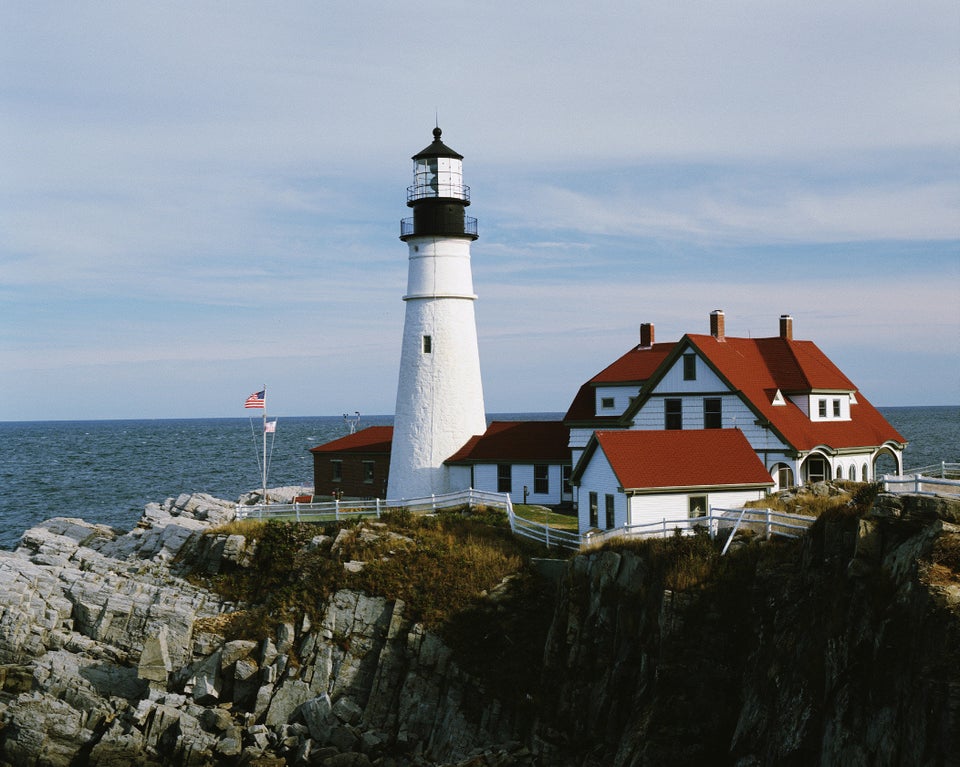Two years ago, the Sandy Hook school shooting reminded us that places we assume are safe, like our children's schools, can quickly become centers of trauma. For parents whose children were caught in the school, a lack of emergency preparedness only worsened an already chaotic situation.
Now, Save The Children is taking a closer look at just how ready schools are to handle emergencies like Sandy Hook, natural disasters and acts of terrorism in the recently released 2014 Disaster Preparedness Report. In response to Hurricane Katrina, the federal government outlined four basic emergency standards required of every state in 2010. The report measures each state's ability to meet the standards, which require emergency protocol in all childcare facilities and K-12 schools. This year, states are still failing to meet even the most basic requirements.
"This report is a wake-up call," Kathy Spangler, Save the Children’s vice president of U.S. programs told the Weather Channel. "American parents say they’re concerned about risks their children face from school shootings and natural disaster. Yet, our poll also shows most parents know little about emergency plans at their child’s school or child care -- and that they’re failing to take basic actions to protect kids at home."
According to the report, 21 of the 50 states don’t require schools and childcare providers to have basic emergency plans, and 67 percent of parents don’t know if their child’s school practices emergency drills frequently, Save The Children reports. Two states don't meet any of the national standards, and eight states only meet one standard.
Stories that emerged in the aftermath of the Sandy Hook shooting reinforce the importance of disaster preparedness. "We were told by three different people to look for our daughter in three different places," Sandy Hook parent Alissa Parker told Save The Children in the 2013 disaster report.
These ten states ranked worst in the U.S. for emergency preparedness -- two states met zero of the state requirements, and eight only met one.
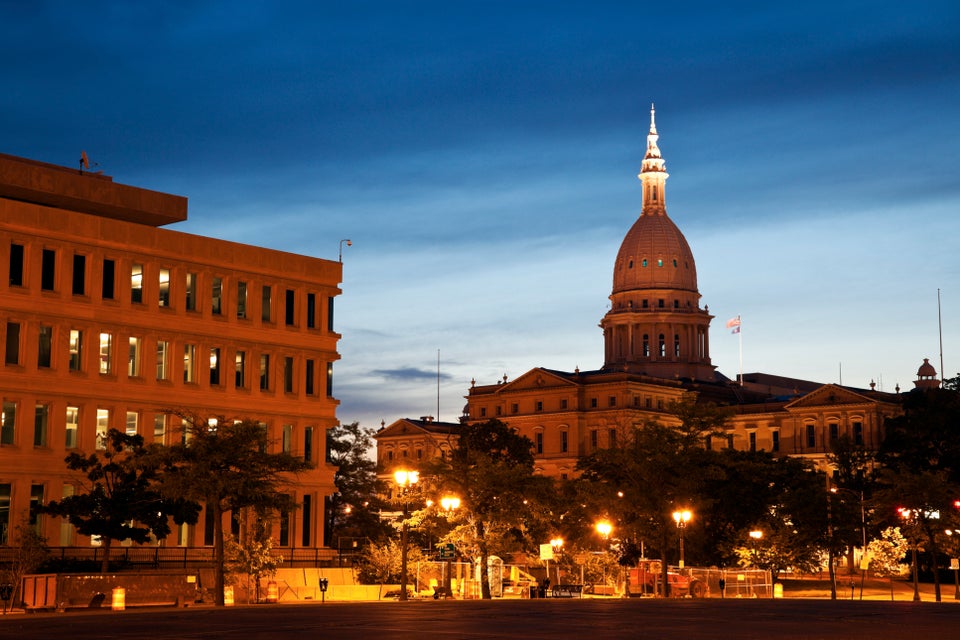

Score: 0 -- On Sept. 3, one day after the Save The Children 2014 Report Card stated that Iowa had not met any of the national preparedness standards, Governor Terry Branstad declared the month of September Iowa Preparedness Month.
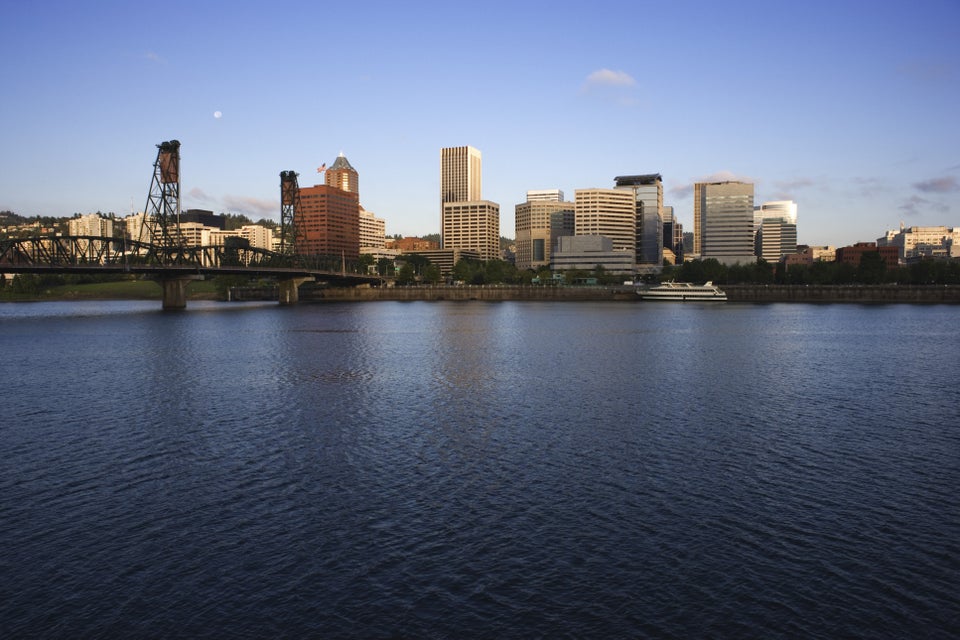
Score: 1 -- Oregon does require each school to have an emergency plan for disasters, but its child care providers fall short. According to KATU news, the Oregon Office of Emergency Management claims that different agencies work with different types of childcare providers in Oregon to set up emergency protocol, but national standards say that’s not enough.
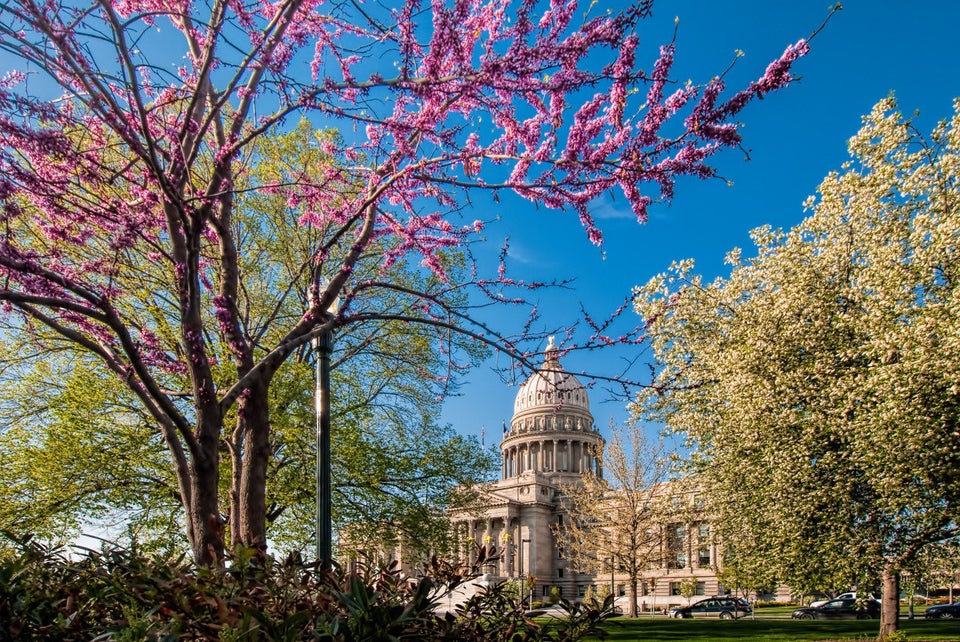
Score: 1 -- In 2011, President Obama signed a disaster declaration for Idaho due to flooding, mudslides and landslides, providing federal funding to the state. Three years later, Idaho still isn’t meeting all national standards for child emergency preparedness.
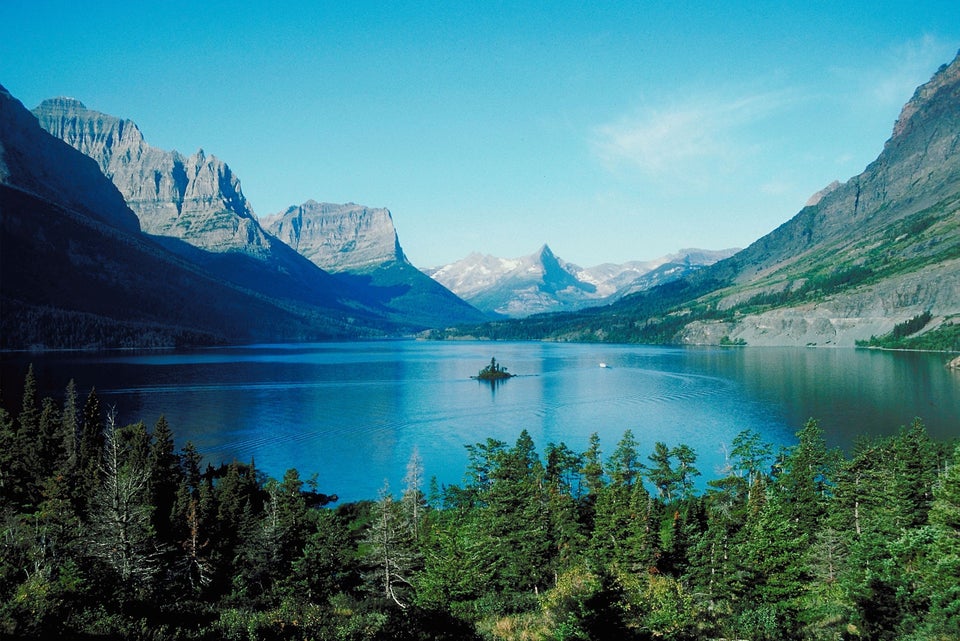
Score: 1 -- Montana had two 2.0 magnitude earthquakes in 2010, and President Obama declared disaster in 2014 for flooding. Four years later, they still aren’t meeting all the national emergency preparedness standards.
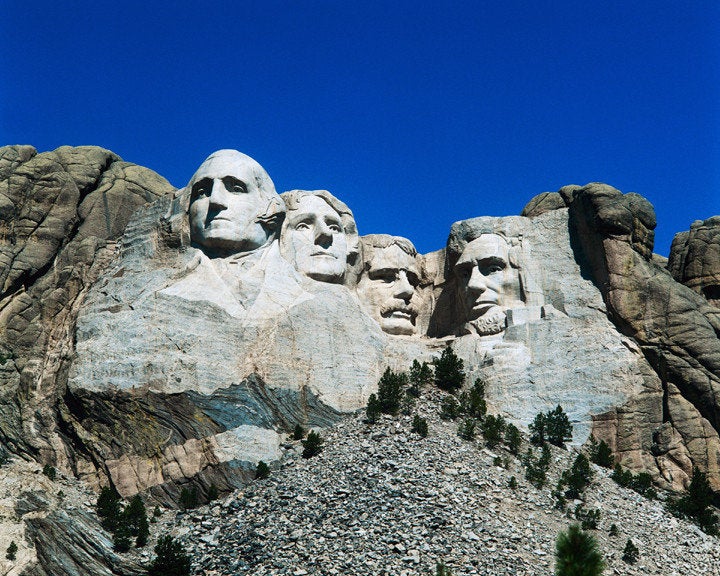
Score: 1 -- According to FEMA, South Dakota has received 13 national disaster declarations for severe storms, flooding and tornados since 2010, when the national disaster preparedness standards were determined, but the state still doesn't require emergency plans for disabled children and children in child care facilities.
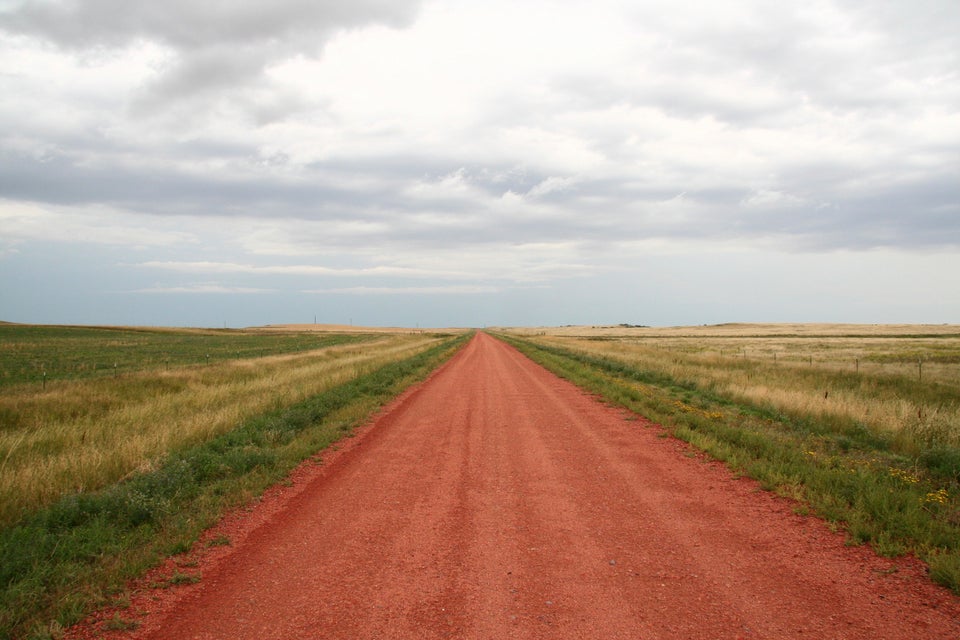
Score: 1 -- North Dakota has a website dedicated to emergency preparedness for children, ndchildcard.org, that provides emergency plan resources and a free online emergency preparedness course, but it still falls short by national standards in planning for disabled children and child care facilities as well as reuniting families after a disaster.
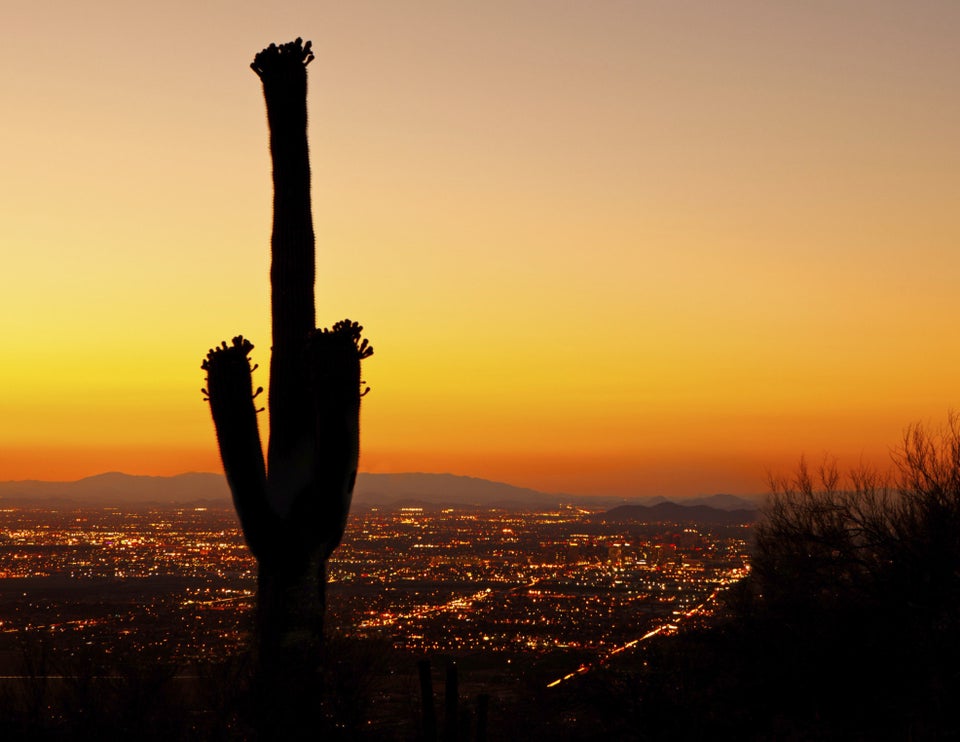

Score: 1 -- Georgia’s Office of Homeland Security maintains an emergency preparedness blog, Get Ready, that includes information about back to school emergency preparation. Georgian kids might be safe in their schools, but Georgia still does not meet national standards in childcare facilities.
